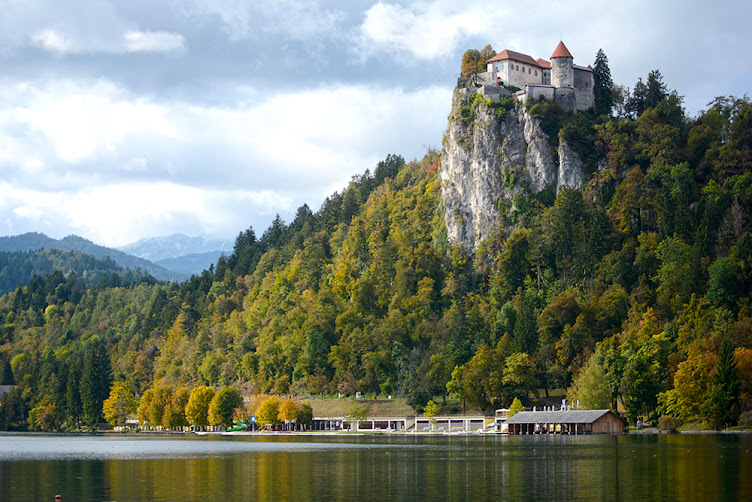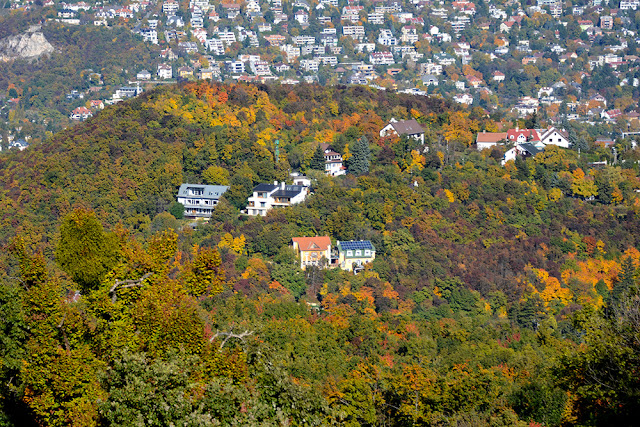There’s a certain pattern to
autumning in Budapest if you’re into catching the best lights and colours as
they spread slowly over the city. Phase one, occurring as September turns into
October is mostly a lull, when nothing seems to be happening, the temperature
decreases but the trees seem adamant to keep their zesty summer shades. But then suddenly yellow creeps on them as
October progresses and there comes the next stage, late in the month and
somewhat flowing over into November when all is aflame with the most varied
hues of gold, rust and crimson. Then the end comes just as suddenly- at one
point in November you just realize that everything is barren, it’s foggy and
cold and you might have wandered into a very moody Gothic novel.
The bit in the middle is
obviously the most exciting but also the most demanding- by the grace of the
powers that be you need to have some sunny days, ideally during the weekend, so
you can explore the city’s tree-proner areas. On the first such weekend this
year we decided to venture on perhaps the most classic Budapest urban trek:
Normafa.
Normafa is close enough to be
vanquished with minimal effort, yet the trip can be peppered with various small
pleasures: the cog-wheel train (though beware of old and partially deaf gentlemen
loudly discussing their ailments, dead acquaintances and, naturally, romantic
conquests), the children’s railway, the famous Normafa rétes, the Erzsébet
lookout (which is technically on Jánoshegy already, but you can reach it by
leisurely walking through the forest) and the chairlift (also at Jánoshegy, but
see above.)
Having been there plenty of times
it’s perhaps odd that I never really gave the name a thought- Normafa was
always Normafa, because, well, I had no idea, but it looked like the most
Normafa-est place on earth and that was good enough for me. This
Winnie-the-Pooh-ish peace with the world was brutally interrupted by my almost
falling over a wooden sign which, as it turned out, had been erected to
commemorate the original Normafa, an impressive beech tree which had once
towered over the area before being struck by lightning on June 19, 1927.
This was indeed a rather operatic
exit for a tree which was rumoured to once have given shade to King Matthias
himself, and somehow suitable, since it got its name from a soprano bursting
into an aria from Bellini’s Norma under its shade. You might think it oddly
fortuitous that a soprano would just happen to be there and even feel inclined
to sing, but the place was a beloved hang out of National Theatre’s actors and
Rozalia Klein had just received a gift from her enamoured public, hence the
delighted outburst.
I then thought of what could make
me attack an aria from Norma and I realized absolutely nothing at all ever in
the history of time, but then I thought Liverpool winning the title would
perhaps inspire me to offer my own rendition of You’ll Never Walk Alone,
and that’s not going to be good for anyone. In case people reading this might
jump to the conclusion that it’s best if Liverpool don’t win the title, you are
much mistaken, I will just promise that should the title be won, I will retreat
to Normafa and merrily keep very very very quiet- most likely only until a very
very very small and very very very angry dog in a ridiculous coat will decide
biting my ankle is just the thing to do on a lovely Normafa day.




































































